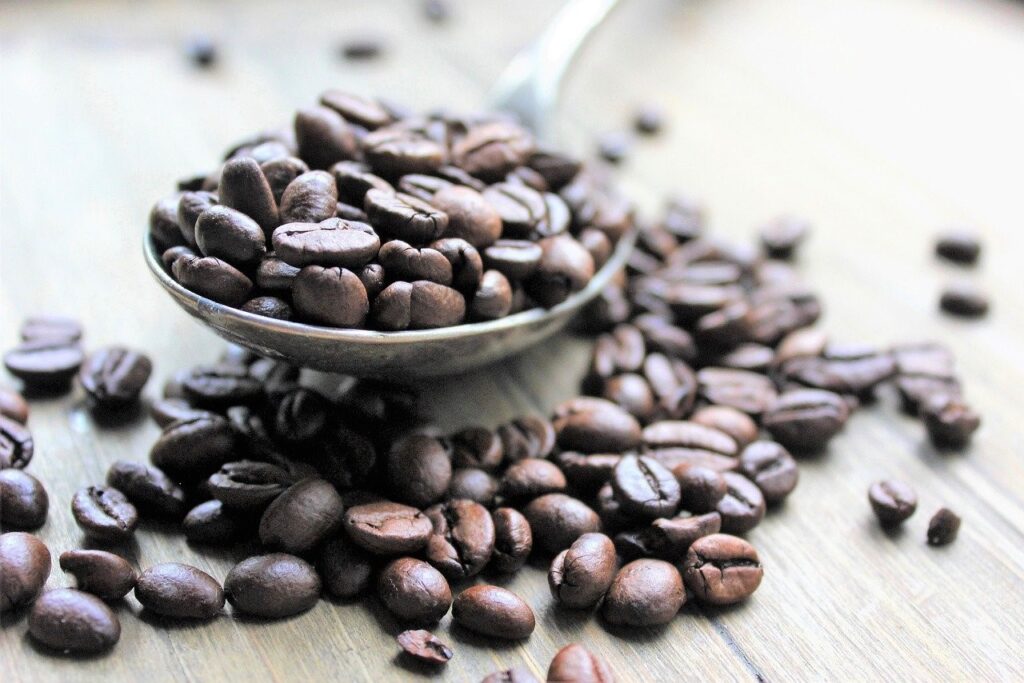Limited supply of robusta raises coffee price
Coffee prices have skyrocketed since 2020, with the dominant Arabica blend rising from 96¢/lb at the end of May 2020 to around 222¢/lb at the end of May 2023. What has caused this rally, and what’s next for coffee? What range of robust is available?
Arabica vs Robusta
Arabicas are usually the dominant force in coffee, with robusta futures closely following the trend in the arabica futures market. Arabicas play a leading role as they are considered to be of superior quality and account for almost 60% of all coffee production. Volumes in the ICE arabica futures market in 2023 were four times those of the ICE robusta market in terms of bags of coffee.
However, this year has been different, with the bullish narrative in robustas providing support to prices across the coffee sector. The strength of robusta has spilled over into arabica futures as many funds are unable to take positions in the robusta futures market due to its lack of liquidity.
So, funds that want to take advantage of the supply/demand tightness in robusta, and by extension the entire coffee market, are forced to take long positions in the more liquid New York arabica futures market.
Coffee market rallies
The unprecedented strength of robusta is seen in both the level and structure of the futures market, with the July contract reaching a 45-year high of USD 4,338/ton in April and the premium for the nearby contract in the second month trading above USD 200/ton during the May delivery period.
As a result, the arbitrage between second-month arabica and robusta contracts, which traded at 70¢/lb in December, has fallen to 40¢/lb by the end of May.
Arbitrage did not move down in a straight line but has tended to move higher as funds enter the New York market, pushing prices higher and falling in market dips.
The increase in robusta futures has been dramatic, but it does not fully capture the drama of the price explosion in the physical robusta market. Vietnam Grade II coffee is the standard robusta for the large multinational roaster. These coffees traded with negative FOB differentials in the first quarter of 2023, but this year the differentials have skyrocketed to more than USD 1 000/tonne. It has since come down to around USD 800/tonne.
A standard Brazil Fine Cup arabica traded at around 85¢/lb premium to a Vietnamese Grade II robusta in the first quarter of 2023, but now Grade II is trading above some standard Brazil arabicas on a fixed price. This change has devastated the budgets of roasters working with a solid robusta component in their mixes.
Why Robusta?
The density in robustas has come about because production has not been able to respond to a large increase in demand after Covid. The poor financial performance of major coffee importers after Covid and high post-frost Arabica prices in Brazil in 2021 stimulated a major shift towards cheaper, more robust-intensive blends around the world.
The biggest change was in Brazil, where robusta went from a share of around 55% of internal demand to a share of 80% – a big increase in a market estimated at over 20 million bags.
Robusta’s share of green coffee imports to the EU increased from around 32% before Covid to a peak of 38% in the 12 months to September 2023.
Any post-Covid increase in demand for coffee was also concentrated in developing coffee markets where consumers tend to prefer soluble and more robust-intensive roasted coffee.
The increased demand eroded robust stocks. At the outset, carryover stocks held by foreign trade in Ho Chi Minh City were at an all-time low in the current coffee year. There now also seems to be no coffee available in the country among farmers in Vietnam.
In import markets, ECF statistics show that robusta stocks in European ports halved in the 12 months to April. Robusta certified stocks decreased by 770,000 bags to 400,000 bags in the 12 months to the end of February 2024, the lowest level in eight years.
Certification has increased to 780,000 bags at the end of May, but this increase does not seem to reflect the underlying tightness of robusta supply in import markets.
Vietnamese production is declining
The days of production growth in Vietnam, which accounted for over 50 percent of origin exports of green robusta in 2023, are over, with the government limiting all expansion to forested areas and the farmer increasingly utilizing more plantations with more profitable products like durian.
The extremely hot, dry weather in Vietnam between January and mid-May, which depleted irrigation sources, has raised concerns that the 2024/2025 harvest could be damaged. This is a real concern because every single bean of Vietnamese coffee is needed by roasters. Things are so crowded that traders are actively looking for robustas to import into Vietnam and Indonesia.
Brazil is the only country in the short term that has the potential for large-scale increases in robusta production due to replanting at higher tree densities and some area expansion.
Unfortunately, Brazil robustas (konilones) have not reached full production potential in the last three harvest years due to cyclical and climatic reasons. The first arrivals of the new conilon crop, which traditionally starts after the Easter holidays, suggest that the 2024/2025 harvest will also be disappointing due to the extremely hot, dry weather in the conilon region between November and January when the beans were developing.
About the Vikingen
With Vikingen’s signals, you have a good chance of finding the winners and selling in time. There are many securities. With Vikingen’s autopilots or tables, you can sort out the most interesting ETFs, stocks, options, warrants, funds, and so on. Vikingen is one of Sweden’s oldest equity research programs.
Click here to see what Vikingen offers: Detailed comparison – Stock market program for those who want to get even richer (vikingen.se)













